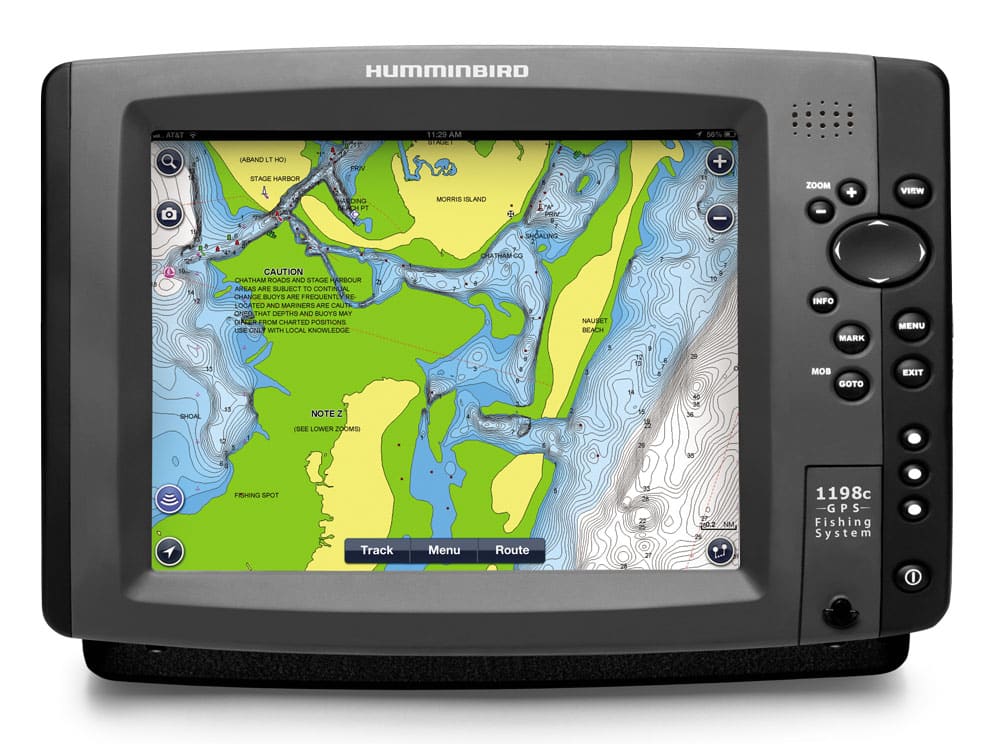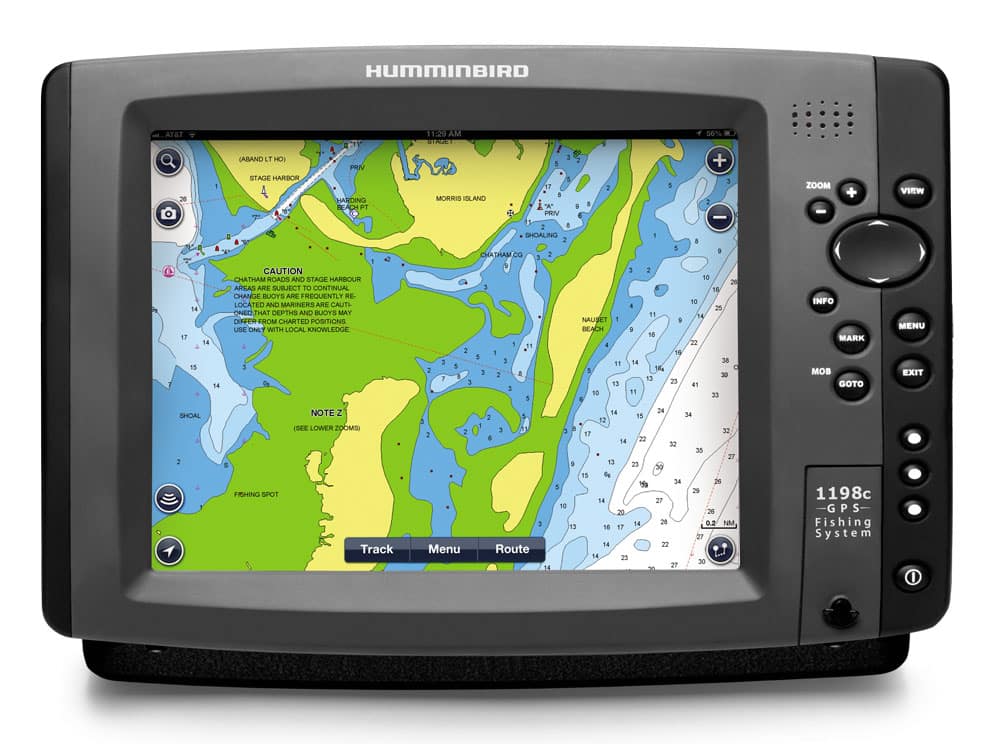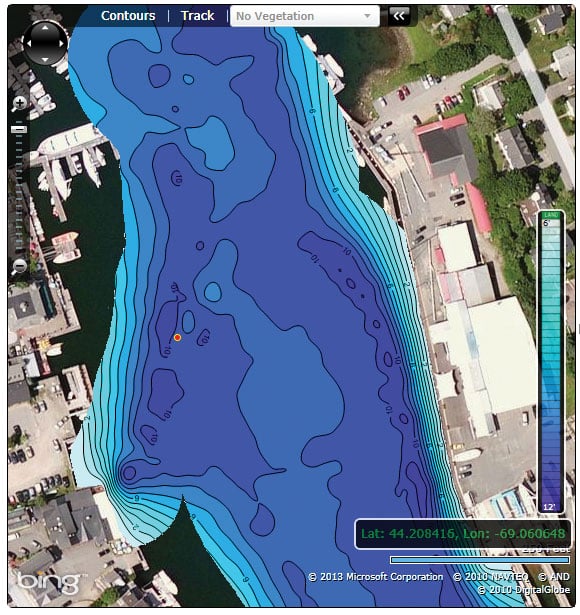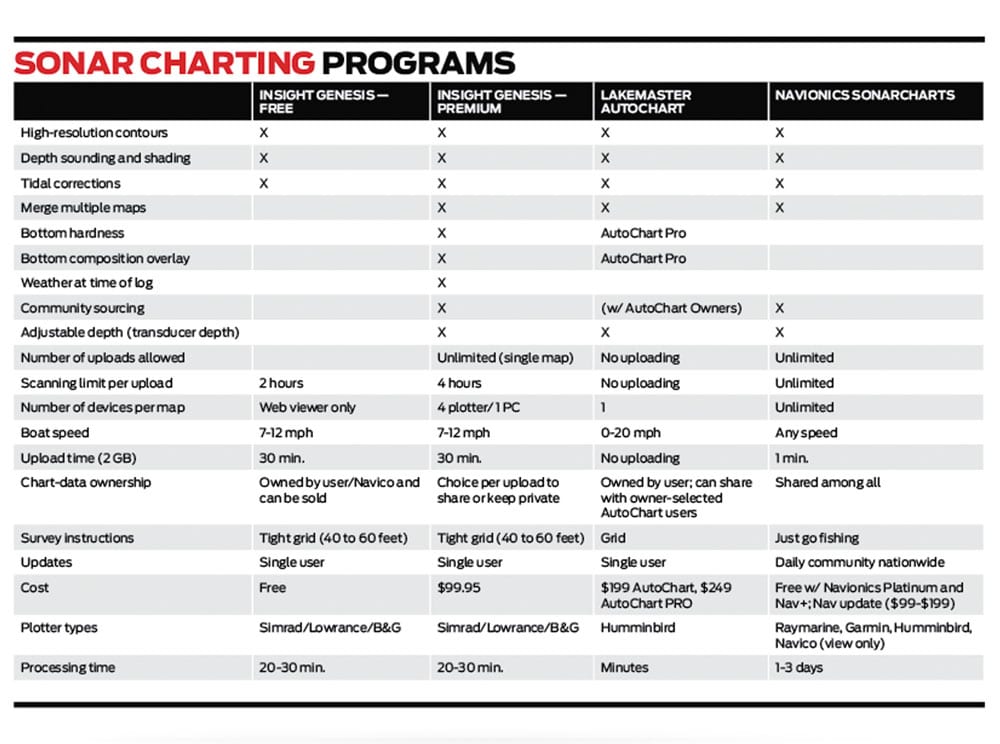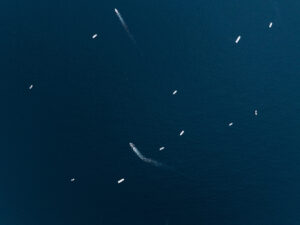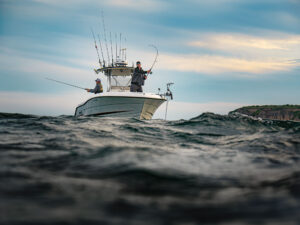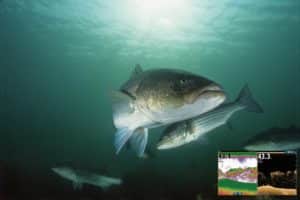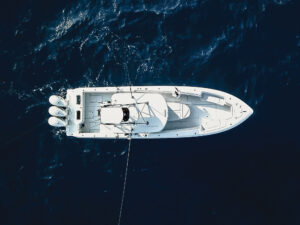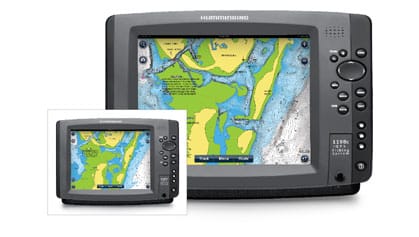
Sonar Charting Programs
[Be sure to click through all the images in the gallery above. The last image includes specs and prices of four sonar-charting programs from top-of-the-line manufacturers.]
As a child, I often played in the neighbor’s sandbox. We piled up the coarse, white soil to create castles and forts, and dug moats to protect them.
The swift tidal currents in my home waters of coastal Georgia seem to “play” the same game. Any given season, a new sandbar appears or a once-navigable creek mouth silts.
Federal charts simply can’t keep up with those shifting soils. But now anglers can create their own local navigation maps, and even see detailed, contour soundings of favorite fishing spots — all using their own fish finder and its record function.
“The speed of satellites and transducers has advanced to give us the capability” to record sonar with today’s sounders, says Paul Michele, national sales manager for Navionics.
Current Sonar Charting-Program Choices
Navionics rolled out its SonarCharts last year. At the same time, Navico — the parent company for both Simrad and Lowrance — introduced Insight Genesis. This summer, LakeMaster/Humminbird gave media members a glimpse of its upcoming AutoCharts, due in early 2014.
The technology advances at a breathtaking pace. A year has brought about tremendous changes in the existing software as companies mold products to consumer preferences.
Navico, for instance, brought out Insight Genesis initially geared toward freshwater anglers. The company added tidal adjustments in August, which means the software automatically uses the time stamp from the sonar log to calculate and present the mean tide.
Navionics recently added Raymarine to its list of manufacturers (Humminbird and Garmin) whose sounders can record and upload logs to SonarCharts. Both providers have widened their geographical coverage, and plan to continue with aggressive rollouts.
But before I get too far into the gee-whiz factor, let me step back and outline the way this works.
Sonar Charting Programs, Step-by-Step
Each program has its own cost and variables, but all work in the same basic way:
• Insert an SD card into your sounder unit on your boat, and turn on the record function.
• Depending on the program, you either drive the boat in a grid pattern (Navico and LakeMaster/Humminbird) or you simply go fishing (Navionics).
• When you finish surveying the area you have chosen, turn off record, and remove the SD card.
• Go home and put the SD card in a reader, and plug it into your PC or Mac. Visit the program’s website and follow directions to upload the recording. (With AutoCharts, you do all the work yourself with the software on your computer, without uploading to a remote site.)
• Wait a designated amount of time for the map to generate, and then either view it on the computer, download it for use on your plotter, or refresh your chart card — depending on the program.
In the case of Navionics SonarCharts, the data you upload is shared within the community of Navionics users. Navico offers options with its paid membership to keep your material private or share it, and LakeMaster/Humminbird allows you to cache it or share it with users you select.
“Some people don’t want to share anything with anybody. Some say, ‘I don’t want to use it if I can’t share it with my friends,’” says Shane Coloney, Insight Genesis product manager. “It’s a challenge to find the right balance.”
Navico made drastic changes in the Insight Genesis product structure in October to accommodate both privacy and sharing. Instead of four possible membership options, the company condensed its choices to two: free and premium subscription (see features comparison chart in gallery above).
Charts are Constantly Changing
The Navionics community and its crowd-sourcing approach “is a huge advantage for salt water,” Michele says, “particularly when we see the changes in the coastline [such as from Hurricane Sandy], and for drying areas.” Drying areas show shaded zones where dry land emerges at low tide.
While LakeMaster/Humminbird’s actual chart products focus solely on inland lakes and rivers, its new AutoChart program will provide tidal adjustments. Saltwater anglers simply record sonar from the areas they want to map and use the resulting personalized charts for those areas, next to their Humminbird-compatible Navionics coastal chart.
All three companies allow users to further customize their personal charts — at varying levels — with options that can include bottom hardness and composition, depth shading, weather information, and waypoints. The services also allow you to merge multiple maps of the same area.
In most cases, the self-generated maps from Navico and LakeMaster/Humminbird do not overlay onto your plotter screen and existing charts. However, when anglers call up the two side by side, they can navigate in general and see the more‑detailed view.
In addition, mobile devices often can display these custom charts either by app or via the Internet.
With all of this pinpoint mapping ability, I guess the bottom-line question becomes: Do the fish still have a chance?
“It’s really exciting the information we are able to provide now,” Coloney says. “It’s easier to be productive on the water.”
